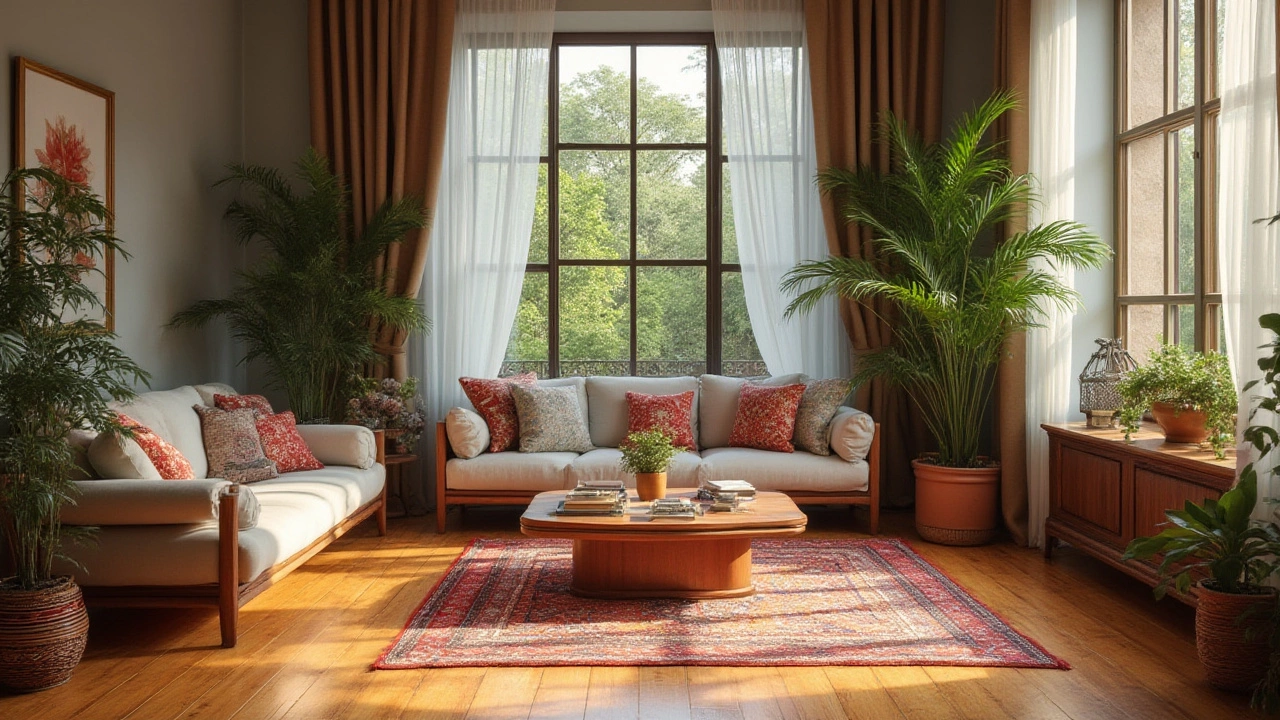
Best Floor Colors That Match Any Decor: The Ultimate Guide
Want the perfect floor color for any room? Discover which shades work with all styles, plus smart tips to keep your home looking timeless and stylish.
View moreWhen planning Floor Colors, the palette you select for flooring that influences mood, perceived space, and overall style. Also known as floor hues, it works hand‑in‑hand with Interior Design, the discipline of arranging spaces to be both functional and beautiful and the choice of Paint Colors, the wall pigments that set background tones and complement floor finishes. Understanding these relationships lets you create rooms that feel larger, cozier, or more vibrant without extra square footage. Floor colors aren’t just a finishing touch; they’re a core design element that influences light reflection, temperature perception, and even how you move through a space.
The first factor is Flooring Materials, the substrate—hardwood, laminate, tile, or concrete—that determines how a color behaves over time. Light woods naturally brighten a room, while dark stains add depth. If you choose a neutral carpet, you gain flexibility to change wall hues later. Second, think about Color Psychology, the study of how colors affect emotions and behavior. Warm yellows and soft beiges can make a living area feel inviting, whereas cool grays and blues lend a sleek, modern vibe perfect for a home office. Third, match the floor hue with your existing furniture palette; a bold floor can become a statement piece, but it should still harmonize with sofas, rugs, and accessories to avoid visual clash. Practical tips: test paint swatches on the floor itself, not just the wall, because the same color can look different under wood grain versus tile glaze. Use the 60‑30‑10 rule—let 60% of the room be your dominant floor color, 30% secondary furnishings, and 10% accent pieces—to keep the composition balanced. Don’t forget maintenance; darker floors hide dust but show scratches, while lighter tones reveal wear. Finally, consider the room’s function: kitchens benefit from lighter, washable finishes, bathrooms often use moisture‑resistant tiles with subtle hues, and bedrooms can enjoy calming, muted shades. Putting these ideas together gives you a roadmap to choose floor colors that support your overall interior design goals, complement your paint colors, and reflect the emotional tone you want in each space. Below you’ll find a curated selection of articles that dive deeper into kitchen layouts, décor styling, and material choices—all aimed at helping you apply the right floor hue to create a cohesive, healthy home environment.

Want the perfect floor color for any room? Discover which shades work with all styles, plus smart tips to keep your home looking timeless and stylish.
View more